I am using ADC1 channel1 of STM32F303 in Time triggered mode. TIM1 is used to generate update event and is used as trigger source for ADC1. Time Trigger comes at 1kHz. I want to verify the total conversion of ADC. In F3 reference manual, it is mentioned that the maximum ADC clock can be set to 72Mhz. ADC is set in Asyhchronous clock mode and PLL clock 72Mhz (RCC_ADC12PLLCLK_Div1) is configured.
- Sample time: 7.5 cycles
- Resolution: 12 bit
Calculated total conversion time: sample time + conversion time = 7.5cycles + 12.5cycles(for 12 bit) = 20 ADC clock cycles.
- For ADC asychronous clock = 72Mhz: ((1/72000000)*20cycles)= 0.2777 us Tried to verify the same in Oscilloscope: I am enabling a GPIO pin to high in Update interrupt,and the same GPIO pin is made low in ADC EOC (EOC flag check) interrupt. The On time of the GPIO pin : 1.48us;
- For ADC asychronous clock = 12Mhz: ((1/12000000)*20cycles)= 1.666 us But in the scope it shows as 2.08 us.
 Suggest how to verify the conversion time.?
Suggest how to verify the conversion time.?